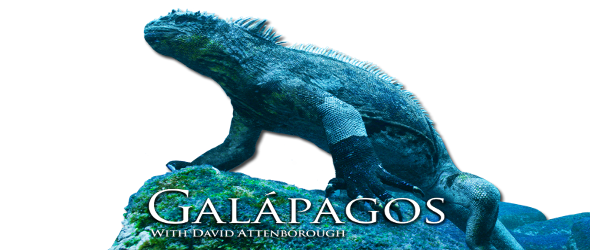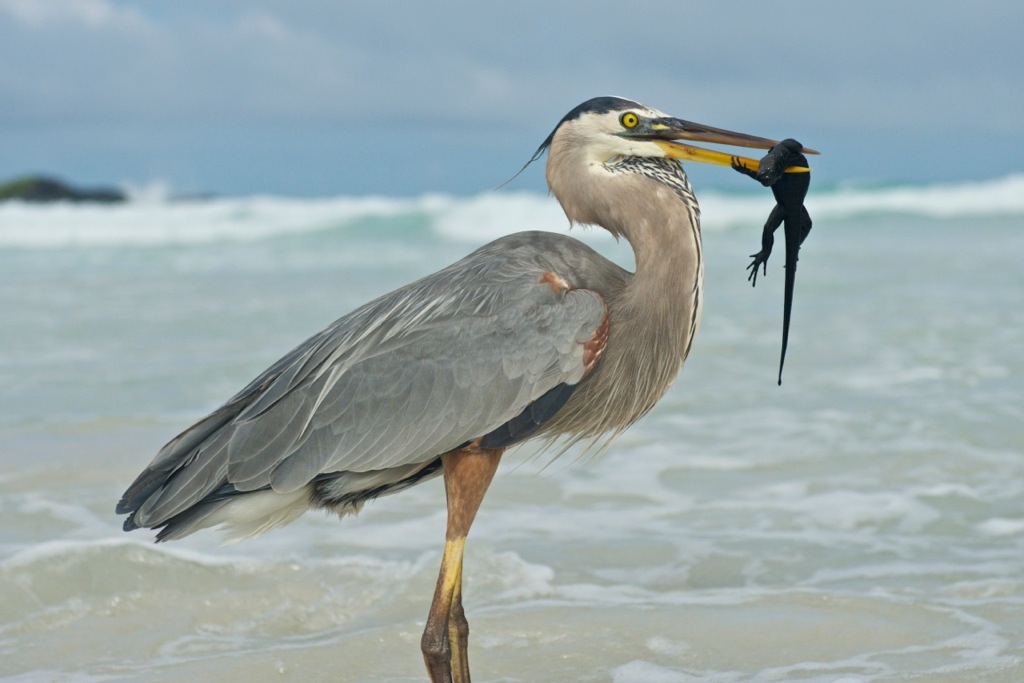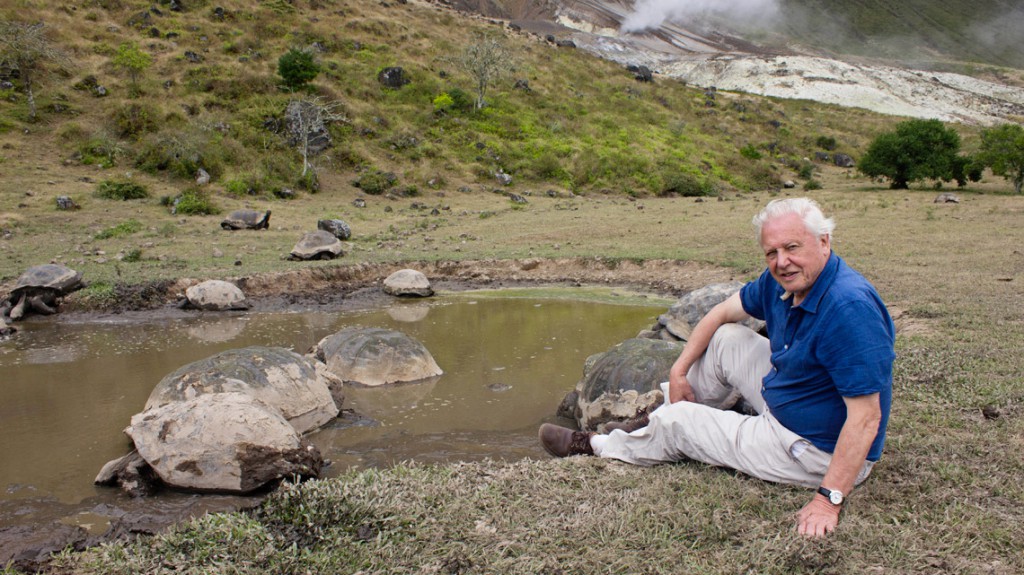
Director: Martin Williams
Distributor: TDM Entertainment
Duration: 205 minutes
Galapagos (DVD) – Documentary Review
If you’re a bit into nature documentaries, you must’ve heard of David Attenborough. He has made countless of very interesting documentaries like Life on Earth, The Living Planet and The Private Life of Plants to name a few. This time around, Mr. Attenborough is taking his viewers to the exotic Galapagos Islands, situated in the Pacific Ocean. These islands are inhabited by several particular creatures and the plants there are definitely not comparable to the simple weeds growing in your back garden. Be prepared to go on a journey to one of the most interesting places in regards of fauna and flora.
The Galapagos documentary is divided into 3 separate discs with each their own subject. On disc one, which goes with the title Origin, the history of the Galapagos Islands is uncovered. David talks about how the islands got populated by all kinds of animals and how little seeds of plants were transferred across the Pacific Ocean. Like this, the Galapagos Islands became a safe haven for a humongous amount of creatures and vegetation.
The second disc, Adaptation, gives you more insight on how the creatures developed new features with only one reason in mind: survive on the Galapagos Islands. As the islands are originally volcanoes (and some still are), the circumstances for the wildlife there prove to be incredibly harsh so for being able to live, adaptation is a must. I’ll give a quick example on what you can expect in this part of the documentary. On the islands, the coasts are often black from iguana’s baking in the sun, minding their own business. Nothing to extraordinaire you might say? Well, apart from the fact that they can swim, dive, hold their breath for about an hour and sneeze excessive salt, there’s nothing to see here I guess. Or wait; is it unusual for an animal to be able to shrink their skeleton? Right, thought so. This whole section is filled with abnormal things like this and when I wasn’t completely recovered from hearing one incredible fact, countless of other ones were thrown before me.
On the final disc, David talks about the evolution of the fauna and flora on the islands and how everything might change in the future. Some animals evolve into different branches of the same species. For instant, take finches. On the Galapagos, there’re a lot of different kinds of finches but they all originate from one and the same species of finch. As they scattered in groups to the different islands which each their own habitat, the finches started to evolve to suit the circumstances (much like it’s shown in the previous disc Adaptation). There’re a lot of references to Charles Darwin’s theory of natural selection as we take a look at the most dangerous predators on the Galapagos. The results are quite unexpected to say the least.
For the making of Galapagos, the creators used some neat camera techniques and 3D animations although the latter aren’t really up to par with today’s standards in the 3D animation world. Some models are not all that good and sometimes this causes the animation to feel pretty amateurish. For such a high quality documentary, you’d think the finest 3D modelers would’ve been given a decent spot in the crew quarters. It doesn’t really bother that much but when you compare the quality of those scenes to the ones in the real world; it might look like the bridge between the two proves a little too rough. The wide panoramic views and the close-ups are just incredible to witness and there’s no better way to let the viewer see for themselves how special some things are on the Galapagos Islands.
Besides the main story on the discs, there’s a Behind-The-Scenes extra which might be counted as a mini documentary on its own. Here, you’ll see how the cast and crew of the series did their absolute best to get the most beautiful pictures on screen. Watching the movies while sitting lazily in a couch is simple enough, but when the sometimes very rough conditions for the camera crew are put in picture, the audience soon discovers that making a nature documentary is beyond nice and easy. One of the most brilliant scenes in this extra is when David tries to keep a pink iguana right beside him while he finishes his explanation. Apparently, the little fellow doesn’t seem to like all that attention as in the end, it takes numerous tries before the shot succeeds. Definitely worth to watch this extra.
Conclusion
David Attenborough and his team succeed brilliantly in bringing nature interested folks an all new documentary about the fauna and flora on the Galapagos Islands. The three discs are filled with content about the creatures roaming around and special vegetation growing on the ‘rocks’ that were once (and some still are) volcanoes. The only downside worth mentioning is that some 3D animations were a bit less overwhelming. Luckily, those moments are very few so it’s almost not worth mentioning at all. If you like to watch an interesting documentary once in a while, this is certainly one of the topmost quality.








No Comments